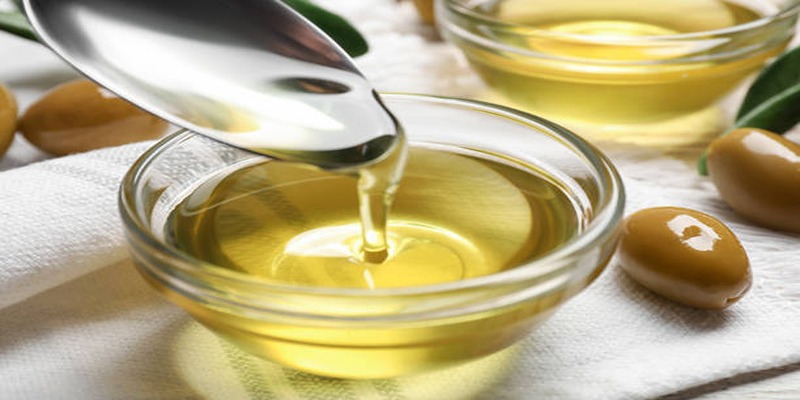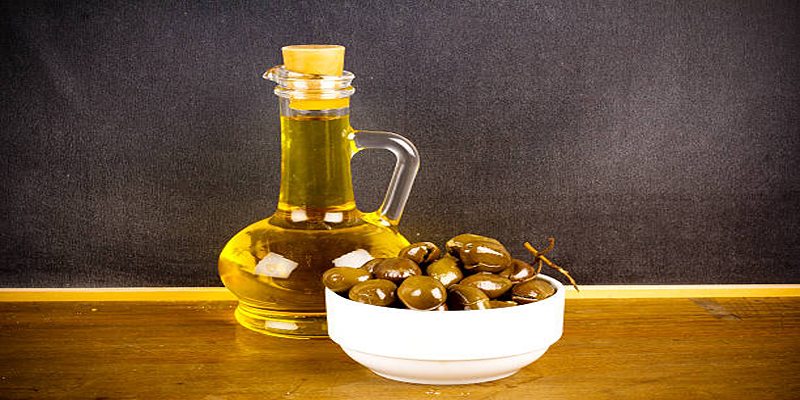Is Your Olive Oil Genuine? Key Indicators of Bad Olive Oil
Jun 23, 2024 By Nancy Miller
When it comes to olive oil, authenticity is of paramount importance. With the abundance of counterfeit products flooding the market, knowing how to identify genuine olive oil is crucial for both your health and culinary experience. This guide aims to equip you with the knowledge to discern high-quality olive oil from inferior imitations. Indicators such as taste, aroma, and label information are essential clues, but the journey doesn't stop there. Understanding the origins and production methods can also play a significant role in your ability to make an informed choice. By the end of this guide, you'll be well-versed in the key indicators of bad olive oil, ensuring that you always have the best and most authentic product in your kitchen.
Sensory Indicators
One of the easiest ways to spot counterfeit olive oil is through your senses. Genuine olive oil should have a distinct and pleasant aroma, with notes of fresh grass and fruit. When tasting it, you should experience a slight peppery or spicy sensation in the back of your throat, which is an indicator of high-quality extra virgin olive oil. If the taste and smell seem off or muted, chances are you're dealing with bad olive oil. Additionally, the color can also provide clues - genuine extra virgin olive oil tends to be more green than yellow.
Label Information
Apart from sensory indicators, checking the label information is crucial in identifying genuine olive oil. Look for the words "extra virgin" on the label, as this indicates that the oil has been extracted purely through mechanical means and has not undergone any chemical processing. Additionally, a reputable certification seal, such as PDO (Protected Designation of Origin) or PGI (Protected Geographical Indication), can also attest to the authenticity of the product.
Packaging Quality
The packaging of the olive oil can also provide insights into its quality. Genuine, high-quality olive oil is typically stored in dark glass bottles to protect it from light and maintain its freshness. If the product is packaged in a clear plastic or glass bottle, it's likely that it has been exposed to light, affecting its taste and quality.
Storage Conditions

How olive oil is stored can also impact its quality. Exposure to heat, light, and air can cause the oil to spoil and lose its flavor. Therefore, it's essential to store olive oil in a cool, dark place away from direct sunlight or heat sources. If you notice that your olive oil has a rancid smell or taste, it's likely that it has been exposed to adverse storage conditions.
Production Methods and Origins
Understanding the production methods and origins of olive oil can significantly enhance your ability to identify a genuine product. High-quality olive oil is often produced through traditional methods that have been passed down through generations. These methods typically involve carefully harvesting olives at the right stage of ripeness and pressing them within 24 hours to ensure maximum freshness and flavor.
The origin of the olive oil is equally important. Renowned olive oil-producing regions, such as Tuscany in Italy, Andalusia in Spain, and Crete in Greece, are known for their strict adherence to quality standards and traditional production techniques. Oils from these regions often boast unique flavor profiles and high levels of beneficial compounds, such as polyphenols. By paying attention to the production methods and origins indicated on the label, you can gain deeper insights into the quality and authenticity of the olive oil, ensuring you are choosing the best product for your culinary needs.
Chemical Characteristics
While not always accessible to the average consumer, chemical testing can provide further evidence of a genuine olive oil product. High-quality extra virgin olive oil should have low levels of free fatty acids and peroxide values, indicating that it has been cold-pressed and is fresh. If these values are elevated, it could be an indication of poor quality or adulteration.
Acidity Levels
The acidity level of olive oil is also an essential factor to consider when determining its quality. Extra virgin olive oil should have an acidity level of less than 0.8%, indicating that it has been produced using only mechanical means and without the use of chemicals. Higher levels of acidity can indicate that the olives used were not in optimal condition or that chemicals were used during the extraction process, compromising the quality and authenticity of the oil.
Peroxide Values
Peroxide values can also provide insights into the freshness and quality of olive oil. These values measure the level of oxidation in the oil, with lower values indicating better quality. High peroxide values can indicate that the oil has been exposed to heat, light, or air, affecting its taste and nutritional value.
Choose Quality over Price

When it comes to olive oil, the old adage "you get what you pay for" often rings true. While high-quality olive oil may come at a higher price, it's worth investing in as it not only enhances your culinary experience but also provides numerous health benefits. By understanding and looking out for the key indicators of bad olive oil, you can ensure that you are always getting an authentic and top-quality product. So next time you're shopping for olive oil, remember to use your senses, check the label and packaging, and consider the production methods and origins - because when it comes to olive oil, quality is key.
Final Thoughts
Knowing how to identify bad olive oil is crucial in ensuring that you're getting the best product for your cooking and health needs. By paying attention to sensory indicators, label information, packaging quality, storage conditions, production methods and origins, acidity levels, and peroxide values, you can make informed decisions when purchasing olive oil. Remember to always choose quality over price and enjoy the authentic taste and numerous benefits of genuine extra virgin olive oil.







